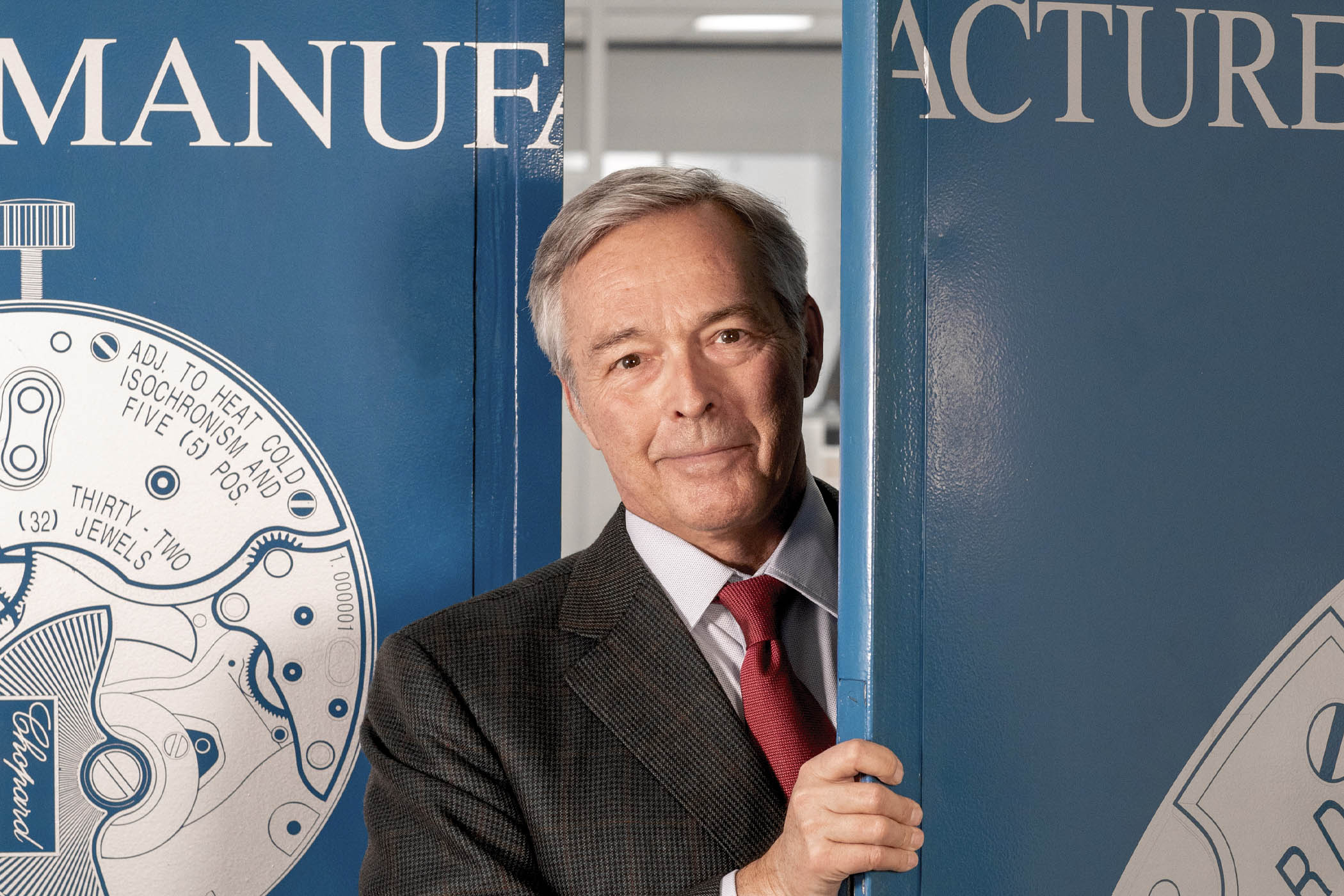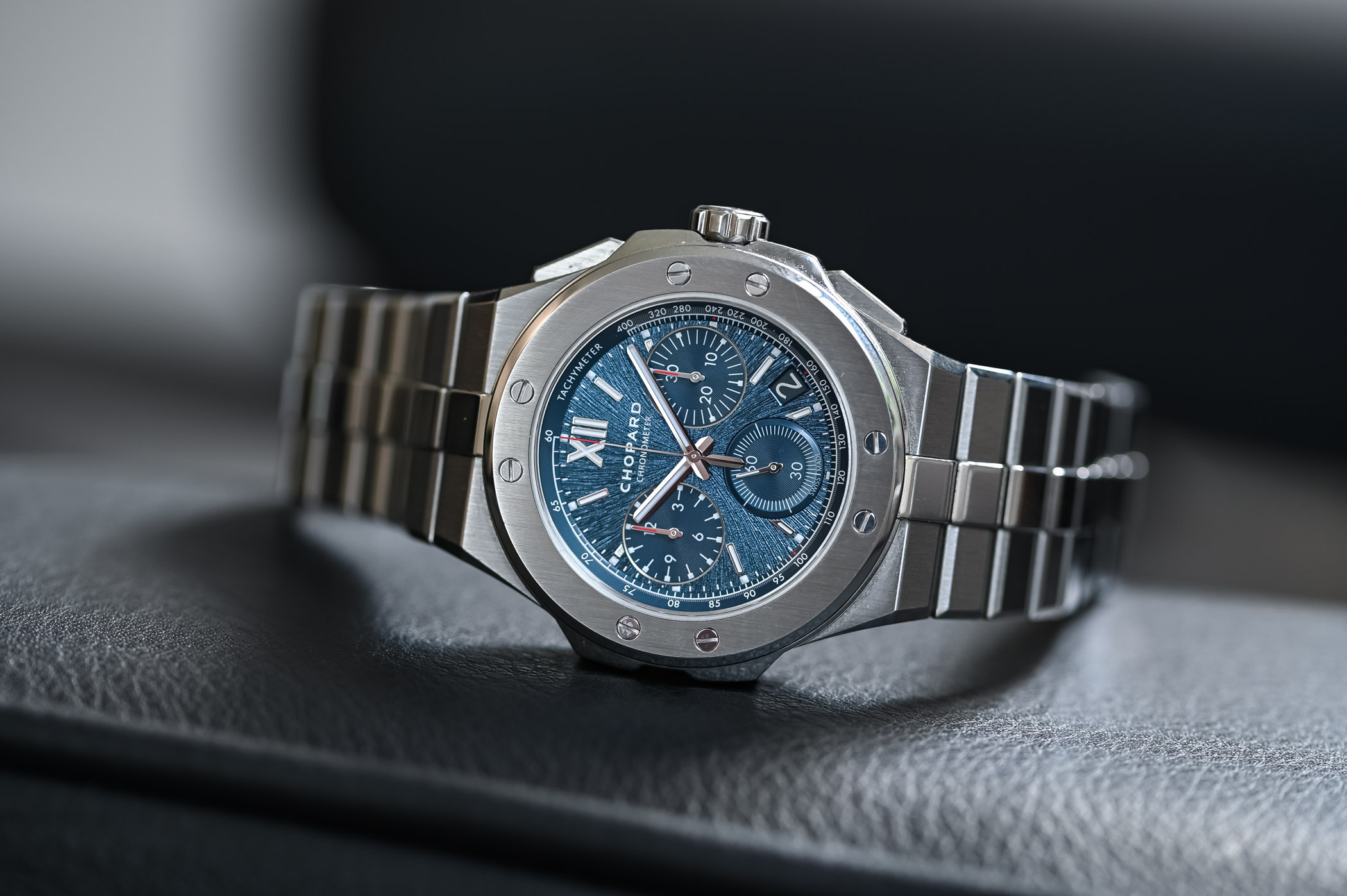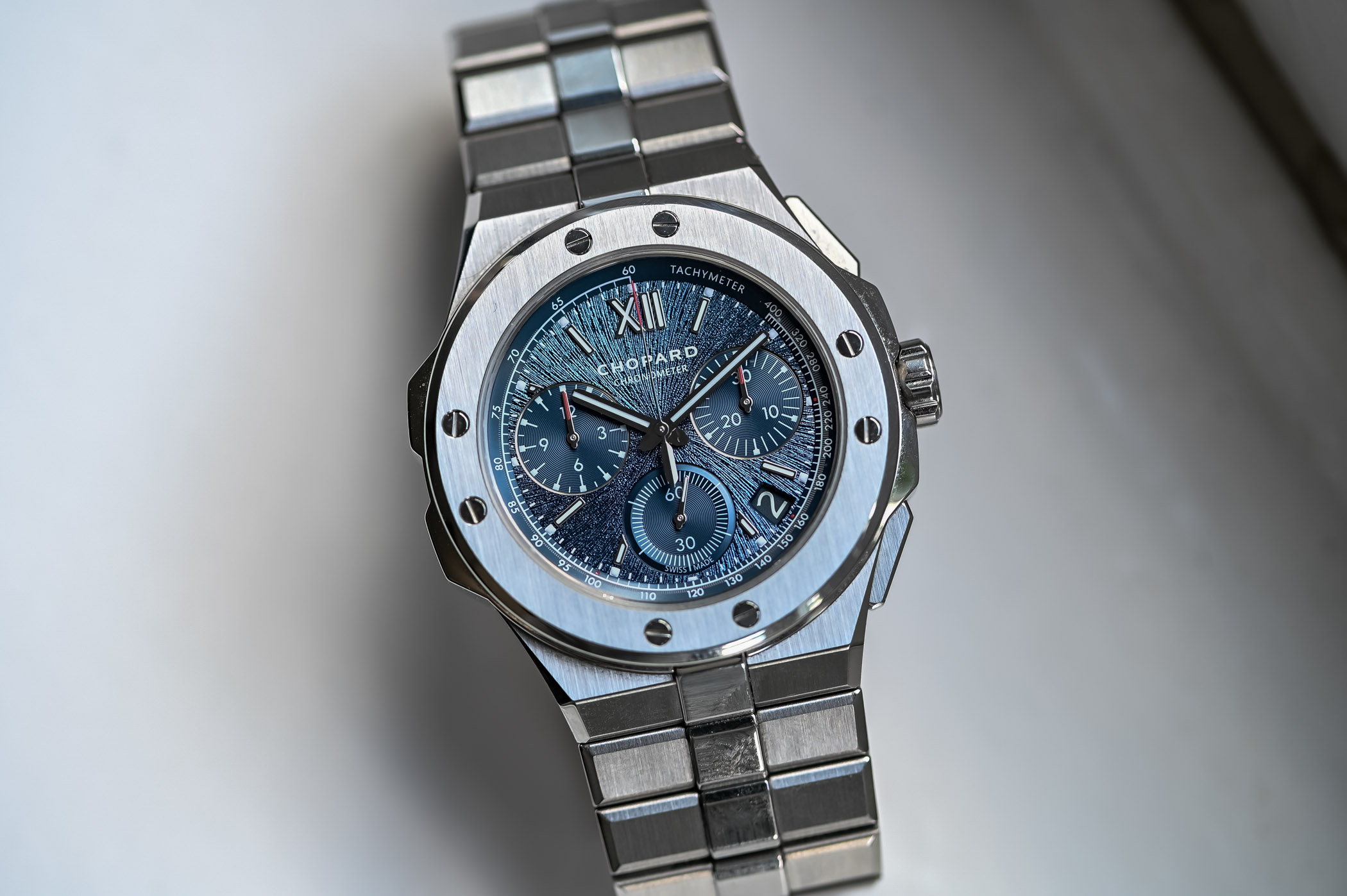Karl-Friedrich Scheufele of Chopard on Integrated Production, Future Generations and Sustainability
The Co-President of Chopard exposes everything about the brand from production, fairs, future and to what makes it a unique brand.

The roots of Chopard trace back to 1860 when Louis Ulysse Chopard founded his company in Sonvilier, Switzerland. The Scheufele family took over the company in the 1960s. Under their stewardship, Chopard experienced a renaissance and evolved from a traditional watchmaking company into a globally renowned luxury brand. Chopard is a vertically integrated, family-owned company, hence with the entrepreneurial latitude to drive its development with a long-term perspective. As the 2024 edition of Watches and Wonders Geneva is fast approaching, we had the opportunity to sit down with Chopard’s Co-President Karl-Friedrich Scheufele to discuss all things Chopard.
Xavier Markl, MONOCHROME – Mr. Scheufele thanks for having us. Chopard is a Watchmaker and a Jeweller. How do these two businesses complement each other?
Karl Friedrich Scheufele, Co-President of Chopard – Indeed, these two activities complement each other. What people often do not realize is that before 1985 Chopard only made watches. Of course, we were crafting “jewellery watches” which have been a trademark for Chopard since my parents took over. The connection with jewellery was natural. My sister came along and suggested we expand into jewellery. The jewelry business gained traction and I always thought it was an interesting addition to our initial activity which was watches only.
We were already vertically integrated for the production of watch cases and bracelets, and then movement production came along with the creation of the Fleurier Manufacture in 1996. Today Chopard masters all the complexities of these two worlds, watches and jewelry – which is still quite unique.
We produce approximately twice the amount of jewellery compared to watches. Naturally, the pricing differs significantly (except for high jewellery), with watches representing about 60% of our turnover and jewellery accounting for about 40%. Thus, our business maintains a balanced structure.
Going back to production, how is this activity organized across the different production sites?
In Geneva, we typically master everything connected to the production of watch cases from start to finish. The Fleurier manufacture is dedicated to the production of movements, and the casing of movements, albeit not all movements.
This is where we also handle Ferdinand Berthoud production, excluding cases, which are also crafted in Geneva. In Germany, we specialize in Jewelry with the production of bracelets, chains and more… However, we also have some jewellery production in Geneva, notably High jewellery.
What other watch components do you manufacture? In particular Chopard owns dial maker Metalem.
We have been shareholders of Metalem for 20 years. And slowly but surely, we took over the company, which was planned this way. Our objective has consistently been to retain all Metalem diverse clients, which has been successful. So indeed, we make our own dials, including guilloche dials.
As an independent, family-owned company, we are qualified to serve as a supplier to various companies. However, I am not directly involved in Metalem’s day-to-day operations, nor am I aware of the specific products they manufacture for third parties.
The expertise of Metalem is widely acknowledged, with several brands openly promoting Metalem-made dials or even showcasing the Metalem signature on their dial. It’s a testament to the reputation of Metalem’s craftsmanship within the industry…
Indeed, it is a sign of the quality of the Metalem of production. Very soon, we advocated for Metalem to concentrate on producing high-end dials and preserving specific crafts and artisanal techniques. There’s no necessity to engage in competition within the low-end dial-making segment.
We focus on the “creative side” of dial-making.
Craftsmanship holds significant importance for both you and Chopard. How do you actively promote the passing down and preservation of these traditional crafts?
Since I began working in the company, we’ve consistently maintained apprenticeships across various fields including watchmaking, jewellery making, as well as other crafts like polishing or engraving. It is our responsibility to invest in perpetuating craftsmanship. Currently, we have approximately 50 apprentices spread across Fleurier, Geneva, and Germany. We are continuously seeking out young individuals interested in such métiers. It’s not always easy. Not everyone will choose to stay with us, but this is part of the process.
Moreover, it’s also not easy for young people themselves. Watchmaking, for instance, demands dedication, concentration, focus and passion. However, at the end of the day, you are doing something concrete which is truly rewarding. This is what resonates with some young people… we have to encourage young talents. This is our job!
How is the next “Scheufele generation” being involved in Chopard today?
My eldest daughter has been with the company for three years now. Initially, she worked in HR and finance, but she has since transitioned to product development, a role she really enjoys. It provides her with the opportunity to engage in meaningful exchanges with me.
My son is currently completing his Master’s degree, and he is actively engaged in a special project with us: the Chopard Hotel in Paris. Given his background at EHL in Lausanne, he possesses extensive knowledge in hospitality management, making him well-suited for this responsibility. We’ve entrusted him with overseeing the opening of the hotel, after which he will join us here in Geneva.
(editor’s note: Chopard has just inaugurated its first hotel concept in a private mansion on the corner of Place Vendôme and Faubourg Saint Honoré).
Chopard has long been attached to sustainability. How is this materialized?
We started this journey in 2010. We had this collaboration with WWF. WWF steered us in the right direction, challenging us on various fronts. This led to a very early membership in the Responsible Jewelry Council (RJC). Sourcing of material is a very important subject, this led us to fair-mined gold. This led us to source all of our gold responsibly. This brought us to the ethical gold idea we launched together with public entities. Building on this foundation, we launched the ethical gold initiative in collaboration with public entities. This commitment extended to the introduction of lucent steel, initially utilized in the creation of the Alpine Eagle timepiece. Beyond materials, we’re actively exploring ways to reduce our company’s environmental footprint. For instance, we’re installing solar panels at our Meyrin location and continuously seeking opportunities to make a positive impact. Additionally, we’re focusing on developing more sustainable packaging solutions, reflecting our ongoing commitment to sustainability. This journey is ongoing, we remain dedicated to identifying and implementing practices that can truly make a difference.
What is the vision for the distribution of Chopard Watches?
Our approach is guided by the principle that less is more. We have been working on the past few years to naturally reduce our network. We are not where we want to be yet. The challenges are multiple working in watches and jewellery, particularly considering that our jewellery is available at multi-brand stores.
The idea is to give more weight to Chopard boutiques. Currently, we have 155 Chopard boutiques worldwide, either directly operated or under franchise agreements. With retailers, the idea is to concentrate on the best partners, who know the subject.
What about e-commerce?
It has become an important channel. Geographically speaking it is probably more important in the US and China. It is more important when it comes to jewellery. But not to be neglected for watches, even for expensive watches. It is even the occasion to drive people to boutiques. The different channels are very complementary, and you need to have a 360° approach.
What about Art in Time in Monaco? Is it a concept that could be expanded to other locations?
Independent watchmakers have had a very good run for the past few years. Yet, their production is very limited. I know this from our Ferdinand Berthoud operation. I was thinking of introducing the concept elsewhere. But for now, I have to conclude that the availability of watches from independent watchmakers is simply not sufficient.
Moreover, replicating the level of service provided at Art in Time poses its challenges. Finding a passionate team capable of delivering such service is no easy feat. I think giving independent watchmakers this platform to exhibit their creations is wonderful. It was the initial intent!
The last time we met was at Dubai Watch Week and Watches and Wonders is fast approaching. What is the importance of such industry gatherings?
Dubai Watch Week to me turns out to be exceptionally relevant for collectors and private clients. It provides them with a very interesting, very open and welcoming experience. The scale of the event is ideal.
Watches and Wonders is an essential gathering. It is more institutional, however. The access to brands is different. I am very curious to see how the public days will unfold. We really try to adapt ourselves to this idea of welcoming more public into our booth, to engage with a larger audience. This is a very important aspect.
For more information, please visit www.chopard.com.











1 response
Fascinating report with insightful information about the manufacture and its philosophy. LUC deserves better recognition in our field.